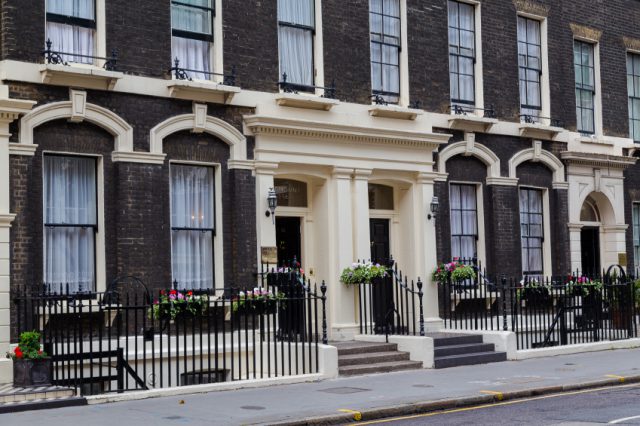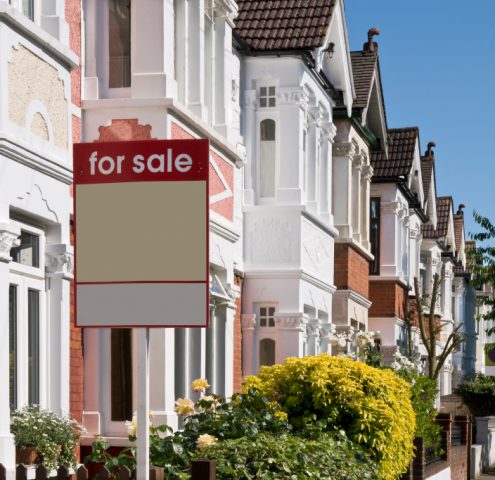The latest Asking Price Index has been released by Home.co.uk, the property search website, and it is showing a deterioration in the London and South East property market.
Doug Shephard, director of the company, has commented: “The downturn that began in London is spreading out to other regions.The Midlands and South West look to be peaking and only the far North, West and Wales show opportunities for significant growth in the near term.”
Home.co.uk has described Britain’s property market as ‘bipolar’. Sickness continues to spread in London and the South East. However, in contrast, this trend is not consistent elsewhere.
The regional markets in the Midlands, Wales, Yorkshire and the North West are staying strong. The East Midlands is top of the price growth league table, with an increase of 5.3% over the last 12 months. Close behind is Wales with 5.1%.
Year-on-year, we are seeing an overall rise in the supply of property for sale in the UK of 8%. Over March the largest influences of this result have come from the East and South East, contributing a 17% and 16% increase respectively. This could potentially slow down the market further, resulting in another issue for price growth.
In comparison, statistics from other areas show decreases, but not as sharp. Wales saw a drop of 5%, Scotland 2% and the North East 4%.
When comparing these results to this time last year, we can see the difference, with a drastic drop of over half the annualised rate of increase of home prices. It was at 3.0% in April 2017, whereas April 2018 saw it reach only 1.3%.

Latest Asking Price Index Examines ‘Bipolar’ British Property Market
Home.co.uk has stated that this downturn in the UK property market started with Great London, the ‘first domino’. In their Asking Price Index they have stated: “Next it was the South East, and this month the South West joined London in the year-on-year negative club.”
There is a worry that prices will begin to stagnate in the East of England, and before long go the same way as the South East and London.
According to their data, London, the East and the South East account for 41.5% of the total English housing stock. Any drastic changes within these regions would therefore have a massive impact on the rest of the UK, justifying this comparison of the property market resembling a line of dominoes.
With a lack of fresh properties entering the market, prices have been driven in the past. However, oversupply is now the concern, resulting in prices coming to a halt in the markets of London and adjacent regions.
Overall, there appears to be a lot of unrest in the property market as it stands currently. Given time, we hope to see supply settle down and a balance begin to return to the market.
Doug Shephard also said: “Basic economics would suggest that demand must rise or supply must stop growing. Since demand is allied very closely to mortgage interest rates, it’s hard to imagine that aspect improving. Hence, the key signals to detect the bottom of the cycle must be when supply stops increasing and stock levels stabilise. Looking at the current trends, this could be a long while coming.
“Of course, many ‘hard to sell’ properties in and around London will enter the rental market but they won’t be cheap. Thanks to the government’s ‘Dick Turpin’ policies against the rental sector, landlords will need to hike their rents even higher to offset the costs of increased taxation and regulation. They can too, thanks to strong demand, and will still be able to going forward as there is always enhanced demand during periods of capital depreciation.
“Rents in Greater London have risen by only 2.7% over the last 12 months but available properties to rent have fallen by 20% over the same period. This clearly portends a large increase in rental values in the near term. However, should Corbyn one day implement his ‘rent control’ polices, the story may unfold very differently. It’s worth remembering that food price controls in Soviet Russia ultimately led to empty shelves in the shops.
“With the way the property market is looking right now, never mind the overall economy, any sort of move to raise interest rates would be an act of madness. There may perhaps have been an opportunity to do so (e.g. before the London bubble grew too big) but now is certainly not the time.”








